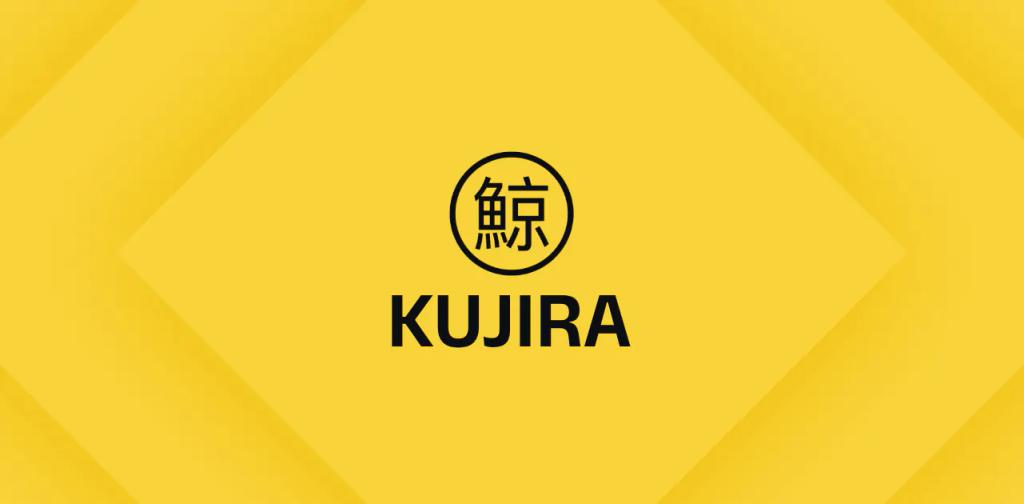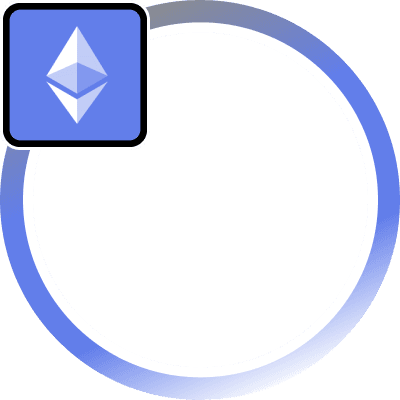Introduction
Balanced Network combines various DeFi services on the ICON blockchain to create an integrated ecosystem. Users can borrow, swap, and supply liquidity while managing assets across chains. With a focus on decentralization, the protocol offers incentives through its BALN token, encouraging governance participation and liquidity provision.
Background and History
The protocol was developed to simplify access to DeFi tools on the ICON blockchain. Its unique offering includes borrowing the bUSD stablecoin and locking BALN tokens for governance influence. Balanced Network continues to expand through cross-chain interactions and liquidity incentives, becoming a cornerstone of the ICON ecosystem.
Key Features & Contributions & Technologies
- Borrowing and Lending: Users can borrow bUSD against collateral and earn interest on savings.
- Governance Participation: Locking BALN tokens enables users to propose and vote on protocol upgrades.
- Liquidity Pools and Incentives: Provides rewards for supplying liquidity and staking BALN.
- Cross-Chain Transfer: Facilitates asset transfers between different networks.
- Automated Liquidation Bot: Helps maintain healthy loan-to-value ratios by automating liquidations.
- DEX Aggregator: Ensures users receive the best prices across multiple decentralized exchanges.
Usage and Applications
Balanced Network serves users who seek access to lending, trading, and liquidity management tools on the ICON blockchain. Liquidity providers earn rewards through incentivized pools, while governance participants shape the future of the protocol by locking BALN tokens. Cross-chain capabilities also allow for seamless interaction between networks, enhancing the protocol’s reach.
Governance & Tokenomics
The BALN token powers the governance and incentive mechanisms of the protocol. Stakers can lock BALN to influence decisions, earn a share of platform fees, and receive rewards. The token’s utility extends to liquidity provision and participation in various governance processes.
Notable Events
- Q2 2022: Introduction of the bUSD borrowing feature.
- Q4 2022: Launch of cross-chain asset transfer capabilities.
- Q1 2023: Deployment of the automated liquidation bot for loan management.
- 2024: Planned integration of additional liquidity pools and governance upgrades.







